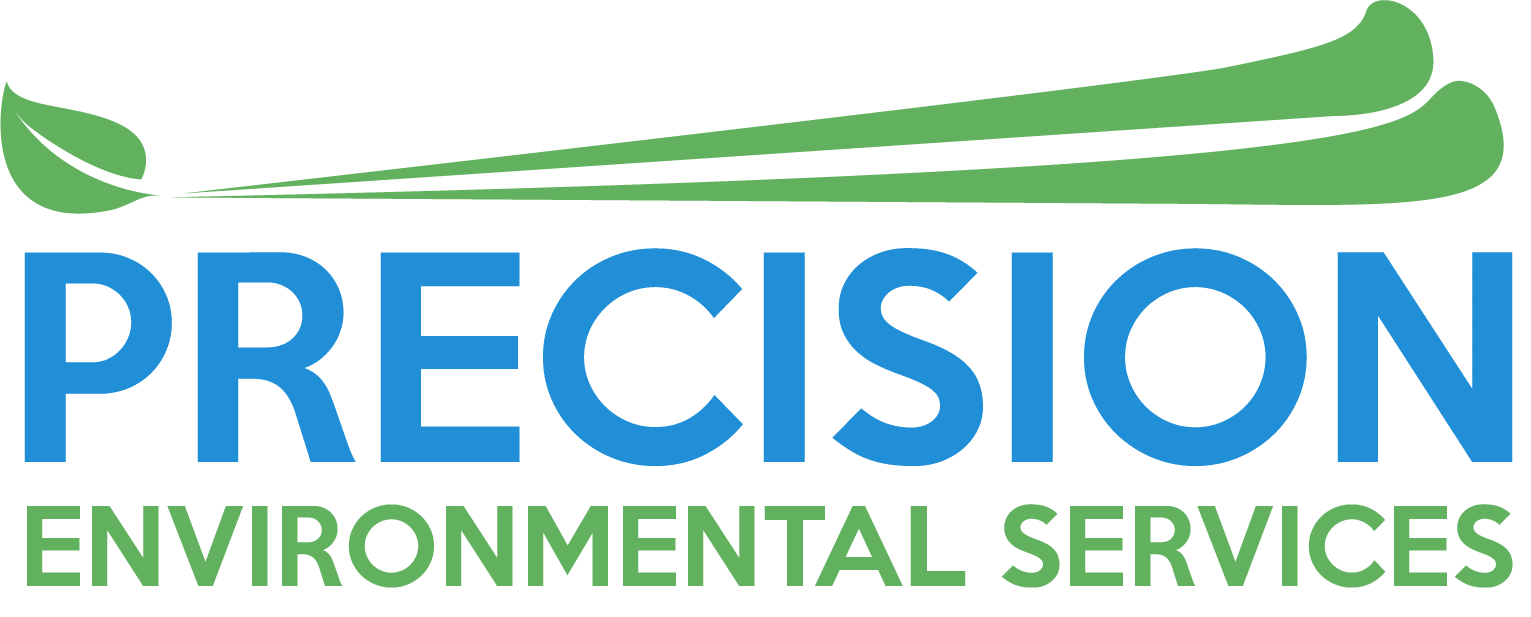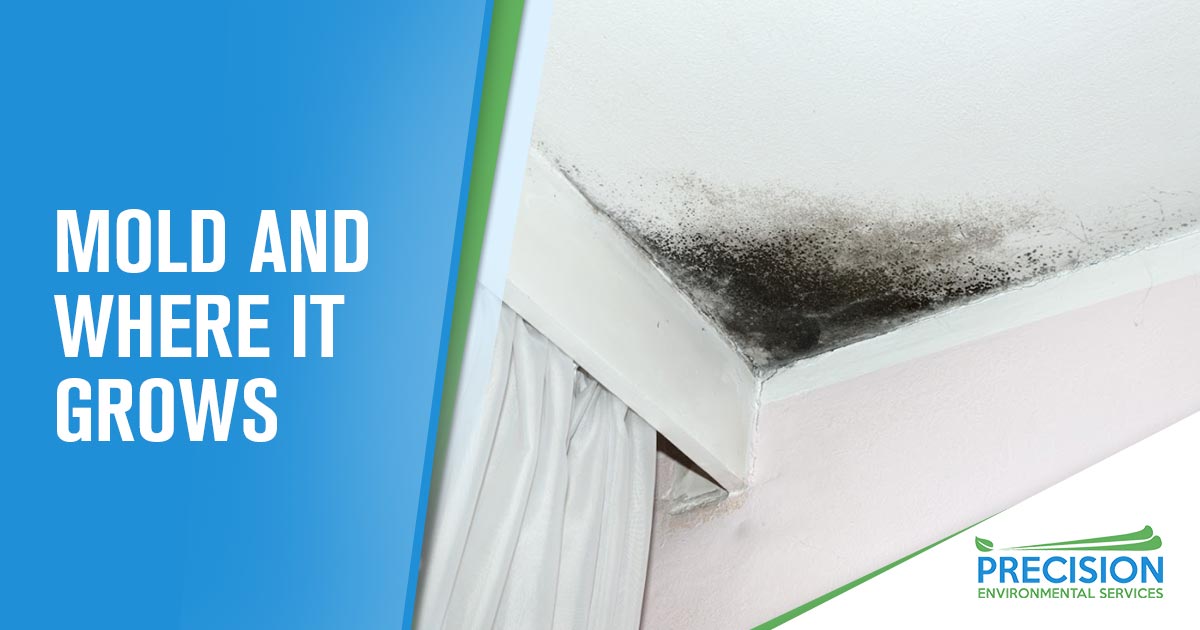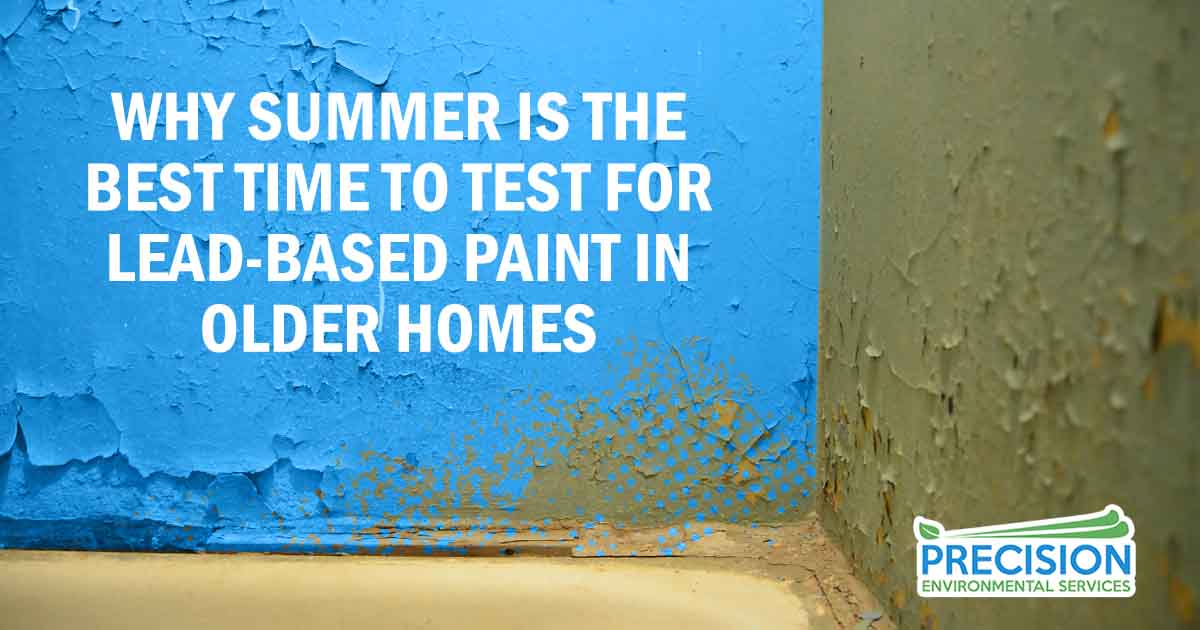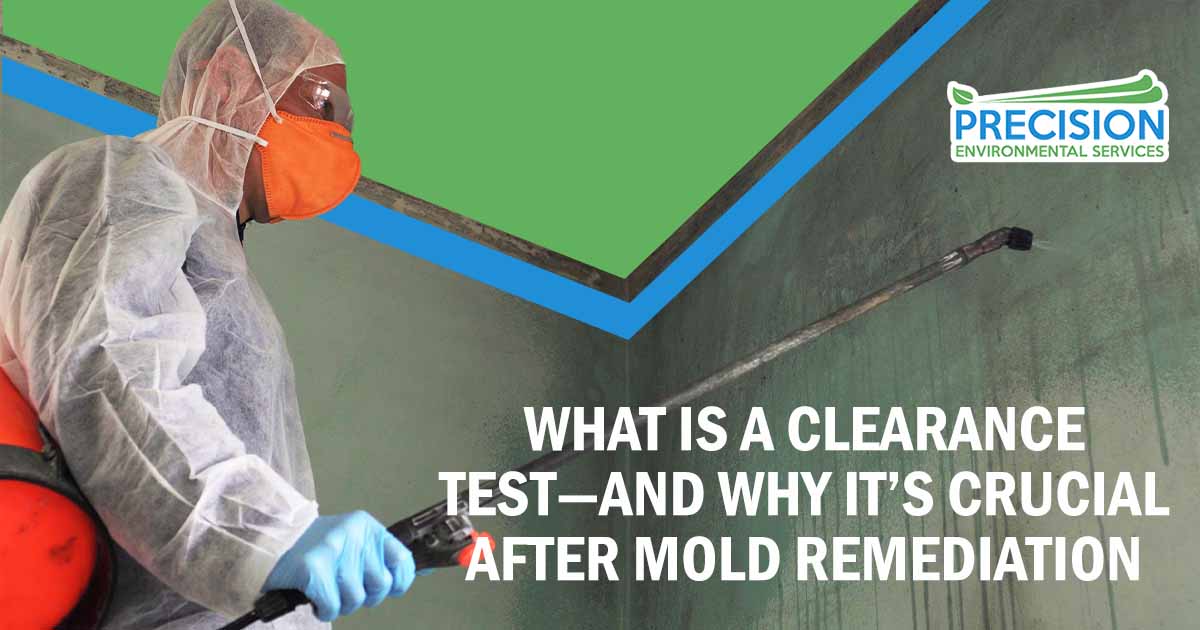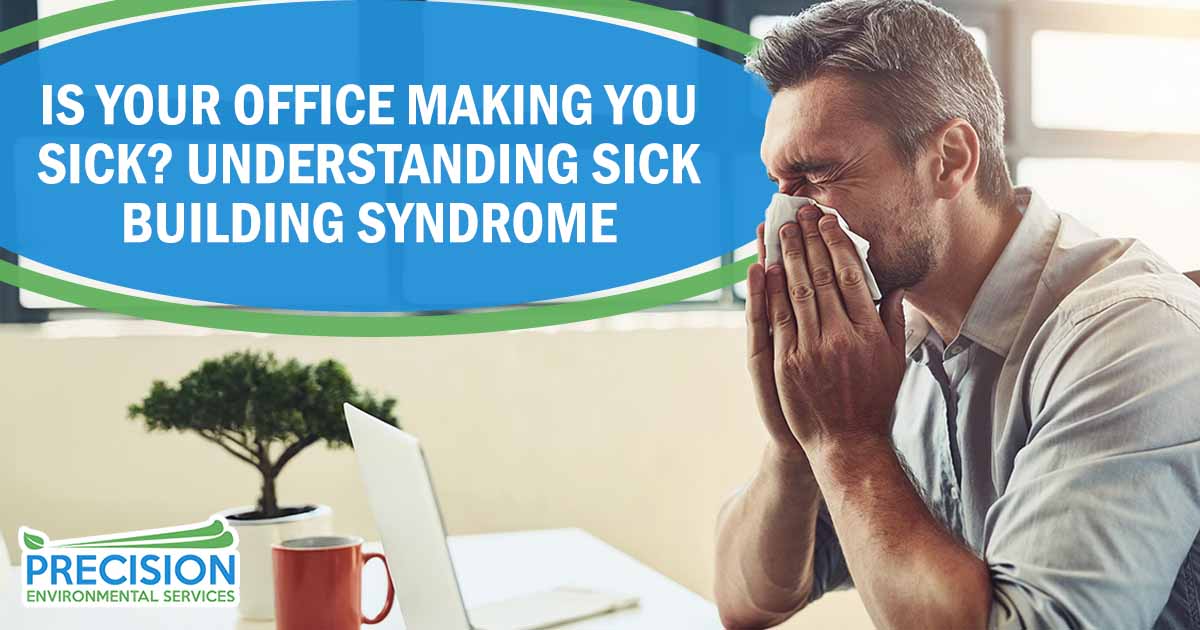Mold is a type of fungus that can grow almost anywhere, as long as there is moisture present. In buildings, mold can grow on a variety of surfaces, including walls, ceilings, floors, and household items such as furniture, books, and clothes. Mold can cause a number of health problems, including allergies, asthma, and respiratory infections, and it can also damage the structure of a building.
What are the Factors that Cause Mold to Grow?
There are several factors that can contribute to the growth of mold in buildings, including:
- Water leaks or plumbing issues: Water leaks and plumbing problems can create damp conditions that are conducive to the growth of mold. This includes leaks in roofs, walls, and pipes, as well as condensation from high humidity levels.
- Flooding: Flooding can cause extensive water damage and create the perfect conditions for mold growth. Even if the water is removed and the affected areas are cleaned and dried, mold can continue to grow and spread if not properly treated
- Poor ventilation: Poor ventilation can lead to high humidity levels, which can contribute to the growth of mold. This is especially true in areas of the building that are not well-ventilated, such as attics, basements, and crawl spaces.
- Lack of maintenance: Neglecting regular maintenance, such as cleaning and repairing water damage, can create the perfect conditions for mold to grow and thrive.
Where Can Mold Grow?
Mold can grow on a variety of surfaces in a building, including:
- Walls: Mold can grow on walls when there is a water leak, plumbing problem, or high humidity. It can also grow on walls that are exposed to direct sunlight, as the heat and light can create the perfect conditions for mold growth.
- Ceilings: Mold can grow on ceilings when there is a water leak or plumbing problem, or when there is poor ventilation in the attic or upper levels of the building.
- Floors: Mold can grow on floors when there is a water leak, plumbing problem, or high humidity. It is especially common in areas of the building that are prone to water damage, such as basements and crawl spaces.
- Furniture: Mold can grow on furniture when it is exposed to damp conditions, such as a leaky roof or high humidity. It can also grow on furniture that has been stored in a damp area, such as a basement or crawl space.
- Books and papers: Mold can grow on books and papers when they are exposed to damp conditions or high humidity. This can be a problem in libraries, offices, and homes with basements or crawl spaces.
- Clothes and fabrics: Mold can grow on clothes and fabrics when they are stored in damp conditions, such as in a basement or crawl space. It can also grow on clothes and fabrics that have been exposed to water damage, such as from a flood or leaky roof.
Preventing Mold Growth
Preventing mold growth in buildings is important to protect the health of occupants and the integrity of the structure. Some steps that can be taken to prevent mold growth include:
- Fixing water leaks and plumbing problems promptly: It is important to repair any water leaks or plumbing problems as soon as they are discovered to prevent the growth of mold.
- Controlling humidity levels: Keeping humidity levels below 60% can help prevent the growth of mold. This can be achieved through the use of dehumidifiers, ventilation, and air conditioning.
- Cleaning and drying surfaces: Regular cleaning and drying of surfaces can help prevent the growth of mold. This includes cleaning and drying areas that have been exposed to water damage, such as after a flood or leak.
- Proper Ventilation
If you think you may have a mold problem or an indoor air quality problem, call the professionals at Precision Environmental Services at 940-597-2673.
